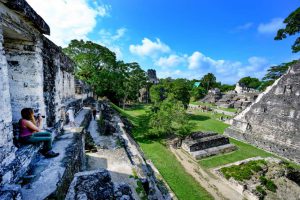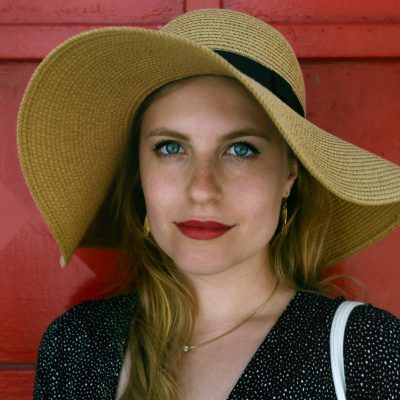
Don’t just tick off Tikal’s astonishing stepped pyramids. Go farther and wake up to history, says Amelia Duggan
Published in print and online at standard.co.uk
The stepped pyramids of Tikal are sensational, there’s no two ways about it. Sweaty climbs to the upper platforms are rewarded by views across an unbroken sea of trees, and a sense of the might of this Maya metropolis at its peak between 200-800 AD. The complex stretches for 222 square miles, and since archaeologists began work in 1956, a mere 15 per cent has been excavated.
This is Guatemala’s blockbuster tourist attraction: hundreds of thousands of people spend a day at the site before driving back to their hotels in the nearest city, Flores, 39 miles south.
But few people know that just 14 miles deeper into the jungle lie ruins of far greater archaeological significance. Uaxactún is thought to have been the longest-inhabited Maya citadel, and boasts some of the most important carvings yet discovered, plus one of the earliest astronomical complexes in Mesoamerica. Here, unlike in Tikal, travellers can linger overnight in glamorous new safari tents.
The magic of Uaxactún is that the culture lives and breathes in the welcoming community of modern Maya who live alongside the ruins, the only permanent residents in the 1.7 million hectare Maya Biosphere Reserve. A dirt road leads from Tikal to Uaxactún, and amid a smattering of thatched homes and an uneven football field, one of the country’s most celebrated guides, Carlos Vivar, is there to greet me.
He grew up here learning about Mayan cosmology and timekeeping at his grandfather’s knee, roaming the tumbledown temples, and picking up American phrases from visiting archaeologists. It was his idea a few years ago to create a glamping experience. “To wake up beside the temple complex it’s incredible, just you wait,” he tells me. But first up, I have some locals to meet.
A wizened old gentleman, who introduces himself as Emilio Pop, leads our party into the jungle in search of a chicle gum tree. He is a retired chiclero, or gum collector, and remembers when chewing gum company Wrigley paid good money for what his team collected on their months-long missions. “White gold, we called it,” he tells me. He throws a rope around a tree and shimmies up the trunk with the help of metal spurs. He unsheathes a machete and slices into its bark, illustrating how to catch the oozing white sap in a sack.
As Dominga, the manager of the village’s co-operative, says: “We love people coming here, so they understand how we love the forest. It’s our life.” Later, in a cosy restaurant where pine needles and petals are scattered across the floor to welcome me, I’m treated to an impromptu tortilla-making workshop. And then it’s time for the main event: the ruins.
We enter a clearing where a pyramid adorned with fearsome stucco masks of deities resembling snakes, crocodiles and jaguars stands. It dates from around 600BC. From the top we gaze across a plaza to a row of three temples — the pinnacle of each, Carlos explains, perfectly aligns with the rising sun on the equinoxes and solstices.
It’s humbling to behold, and in spectacular condition. But it’s only a fragment of Uaxactún’s archaeological treasures. There are plenty more palaces, necropolises and carved portraits of war-like rulers. But the light is dying, and there’s somewhere new Carlos wants to show me.
At the top of a teetering metal watchtower we clink glasses of wine and listen to the sounds of the forest. The roar of howler monkeys punctuates the steady chatter of birds. Steam rises from the canopy. As Carlos and I watch the sun sink into the trees, he shares stories about discoveries in remoter-still ruins to the north, spotting jaguars, and about the harrowing civil war (1960-96). Tikal may be jaw-dropping, but there’s a more intimate archaeological encounter at the end of a pitted, muddy road.
Details
Audley Travel offers tailor-made trips to Guatemala. Eleven days cost from £5,630 per person (based on two sharing), with a night at Uaxactún and a hotel stay near Tikal, plus a glamping experience overlooking Lake Atitlan, camping atop Acatenango volcano and three nights in colonial Antigua. Price includes flights, transfers, accommodation with some meals and guided excursions. audleytravel.com

